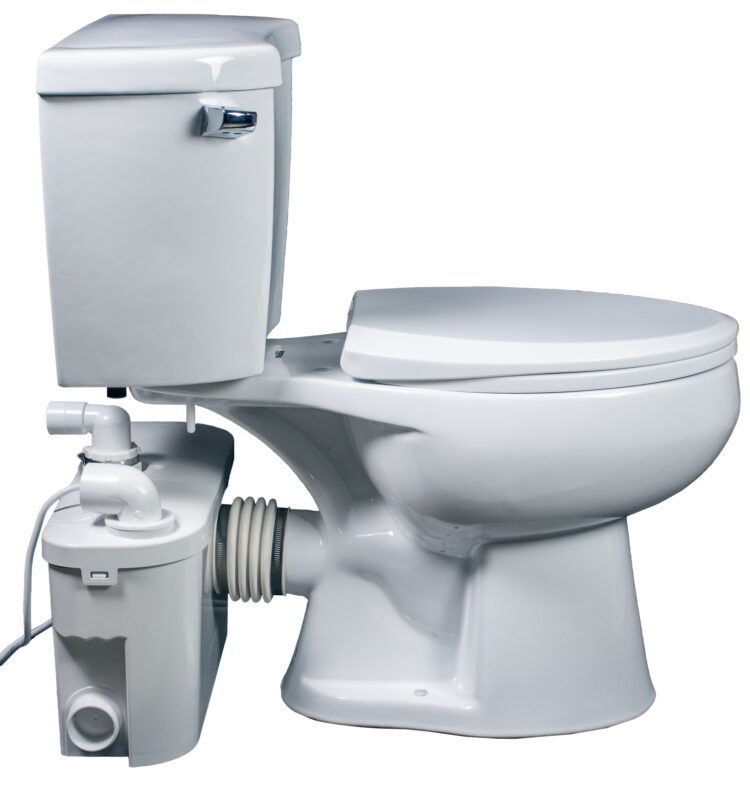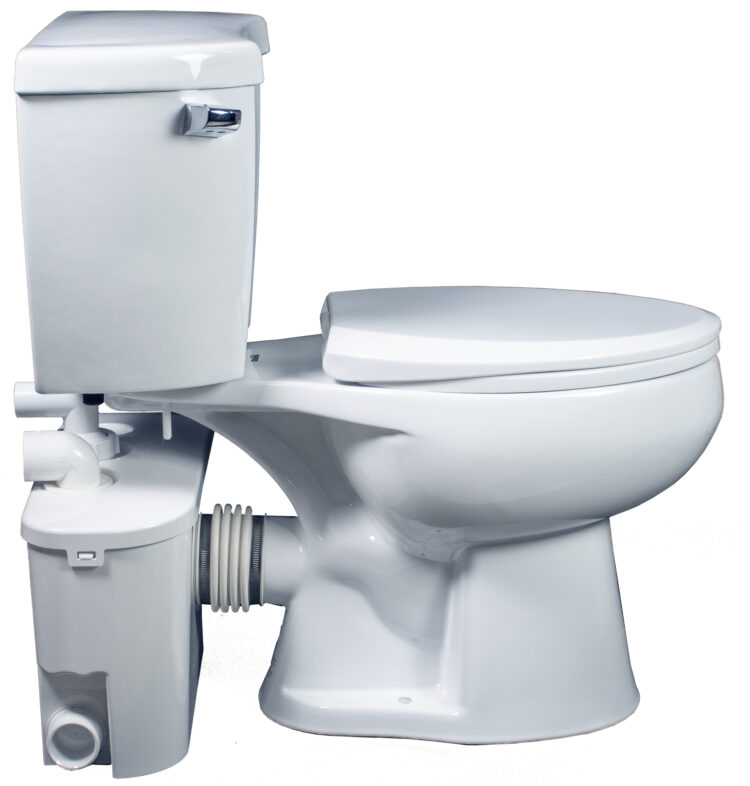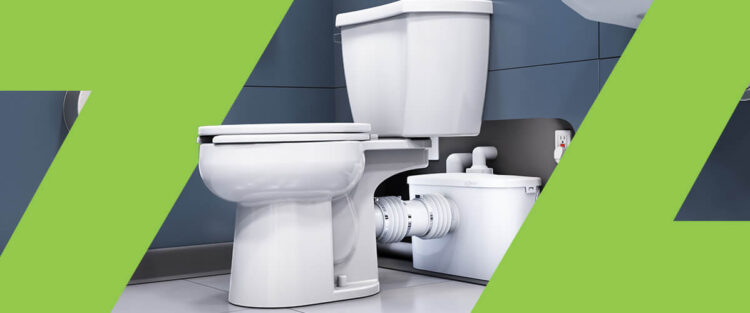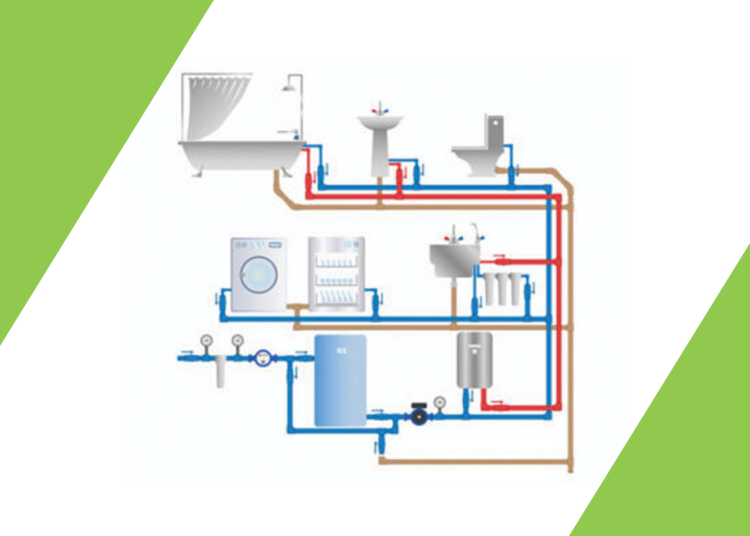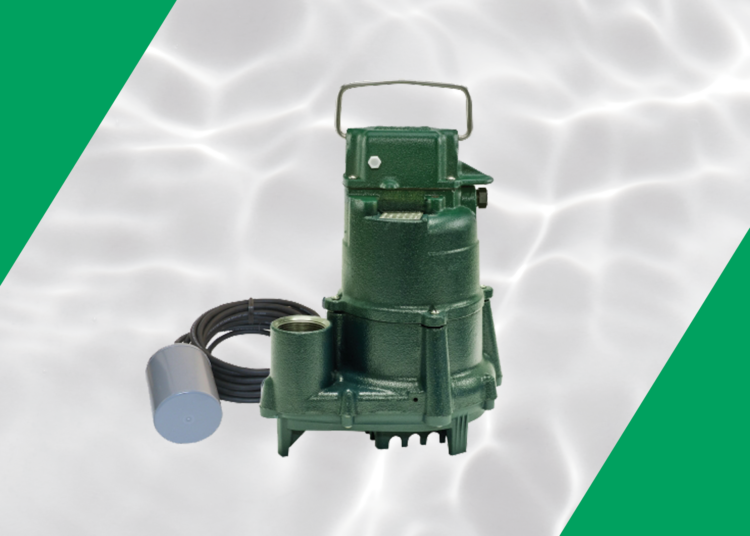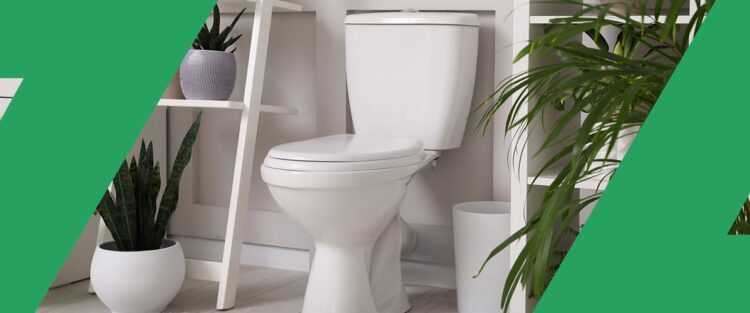
Selecting the right toilet for your home might seem like a mundane decision, but it holds significant implications for your daily comfort, water consumption, and the overall appearance of your living space. With various toilet types available on the market, each boasting distinct features and advantages, homeowners looking to complete renovations or remodels must understand all the options to make a well-informed choice.
The Importance of Choosing the Right Toilet
While often taken for granted, toilets play an essential role in our everyday lives. A well-chosen toilet enhances our quality of life, making the selection process far more important than a mere practical decision.
Comfort, Water Efficiency, and Design
Selecting the right toilet type involves considering three core factors:
- Comfort: A toilet is a place of relaxation and personal hygiene. An ergonomically designed toilet enhances comfort and contributes to a pleasant overall bathroom experience. The shape of the bowl, the height of the seat, and other design features directly affect your comfort level.
- Water efficiency: The type of toilet you select can significantly impact your household’s water usage. You can minimize water waste without compromising performance with innovative flushing systems, such as dual-flush or pressure-assisted options.
- Design: A well-designed bathroom adds to the visual appeal of your home. The toilet’s design, shape, and materials can contribute to the overall ambiance of the bathroom space.
Each household is unique, as are the requirements and preferences when choosing a toilet. Families with young children may prioritize easy cleaning and a comfortable seat height, while eco-conscious homeowners might lean toward water-efficient options. Those with limited space can opt for wall-mounted toilets to save floor space.
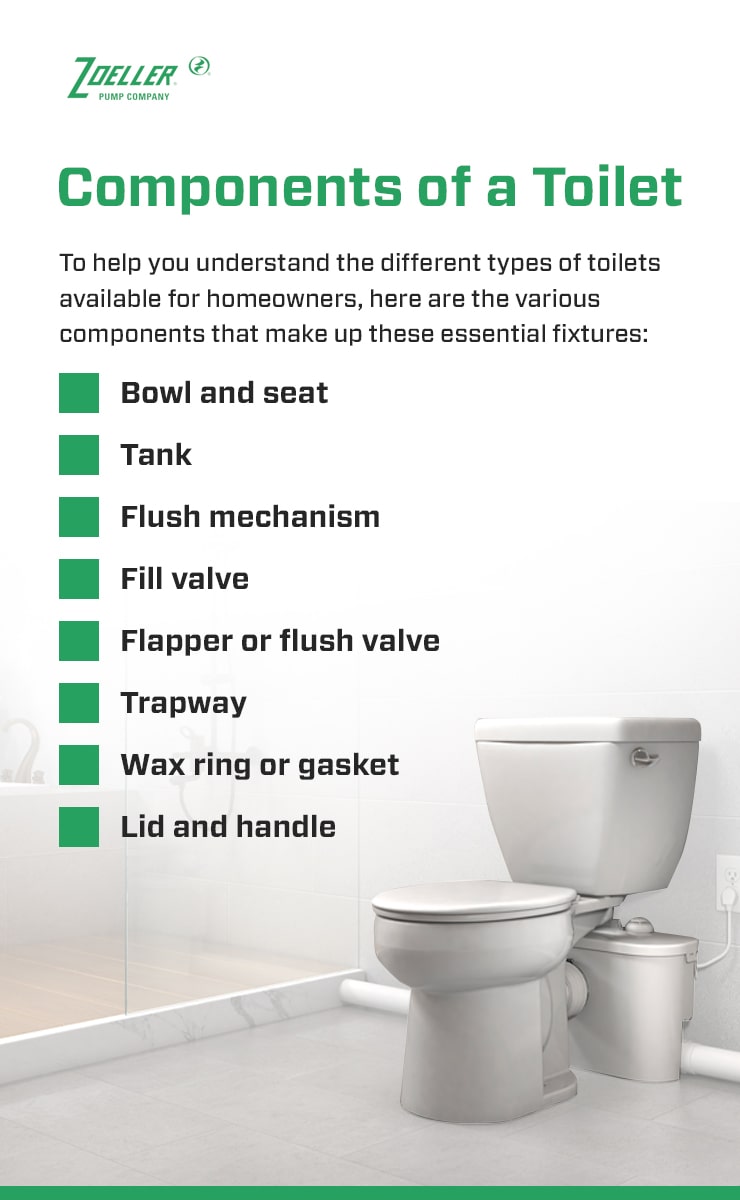
Components of a Toilet
To help you understand the different types of toilets available for homeowners, here are the various components that make up these essential fixtures:
- Bowl and seat: The toilet bowl is the main structure where waste is collected and flushed away. It comes in different shapes and sizes, such as elongated and round, catering to various comfort preferences. The toilet seat, often made of plastic or wood, is attached to the bowl and provides a seating surface.
- Tank: The tank, also known as the cistern, is the upper part of the toilet that holds water for flushing. In gravity flush toilets, the tank uses gravity to initiate the flush, while pressure-assisted toilets use compressed air within the tank to enhance flushing force.
- Flush mechanism: The flush mechanism is a crucial component that initiates the flushing process. There are typically two main types — gravity flush and pressure assisted. Gravity flush toilets have a mechanism that uses the weight of the water in the tank to create a siphon, pulling waste from the bowl and into the drain. Pressure-assisted toilets use compressed air and provide a forceful flush, effectively removing waste even with a lower water volume.
- Fill valve: The fill valve controls the water level in the tank. Once the toilet is flushed, the fill valve refills the tank with water to a predetermined level.
- Flapper or flush valve: The flapper is a rubber seal that covers the hole at the bottom of the tank. It lifts when the flush mechanism is activated, allowing water to rush from the tank into the bowl to initiate the flush.
- Trapway: The trapway is the curved channel inside the toilet that leads to the drain. It prevents sewer gases from entering the bathroom while allowing waste to pass through.
- Wax ring or gasket: Located between the base of the toilet bowl and the floor, the wax ring or gasket forms a watertight seal. This prevents leaks and odors from escaping and helps secure the toilet to the floor.
- Lid and handle: The lid covers the tank, completing the toilet. The handle or button is used to activate the flush mechanism. Some toilets may have dual-flush buttons, allowing users to choose between a lower and higher volume flush.
Types of Toilets by Flushing System
Your choice of toilet flush system will impact water usage and influence comfort and maintenance considerations. Here, we’ll break down the different flush systems commonly found in toilets, allowing you to decide based on your preferences and needs.
Gravity Flush Toilet Systems
Gravity flush toilets operate on a simple principle — gravity is harnessed to initiate flushing and remove waste from the bowl. This system relies on the weight and volume of water stored in the tank to create a siphon that clears the bowl and sends it into the sewer or septic system.
When you press the flush lever or button on a gravity flush toilet, the flapper or flush valve at the bottom of the tank opens. This allows the water from the tank to flow rapidly into the bowl. As the water rushes down, it creates a suction effect, pulling waste and wastewater from the bowl and into the drain. Once the tank is empty, the flapper closes, and the tank refills in preparation for the next flush.
The advantages of the gravity flush system include:
- Reliability: Gravity flush toilets have a straightforward design, meaning fewer components can malfunction.
- Affordability: Among the different toilet types, gravity flush models are generally more budget-friendly, making them an attractive option for homeowners.
- Low maintenance: With fewer moving parts and complexities, these toilets require minimal maintenance compared to other types.
When choosing a gravity flush system, the following points need to be taken into consideration:
- Water use: While functional, gravity flush toilets tend to use more water per flush compared to some modern alternatives, potentially contributing to higher water bills over time.
- Clogging: Depending on the design, gravity flush toilets can be more prone to clogs, especially if they have a narrower trapway or less forceful flushing action.
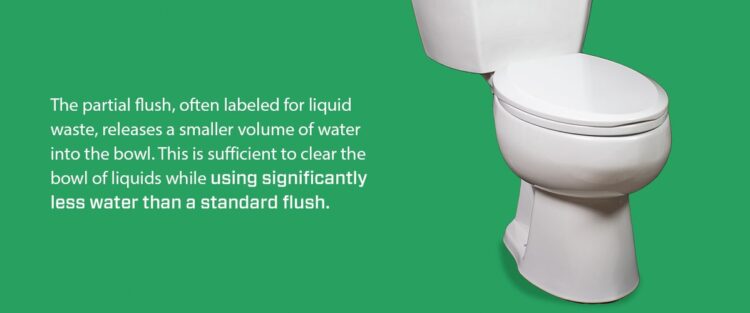
Dual Flush Toilet System
Dual flush toilets represent a breakthrough in toilet design that addresses the need for water conservation without compromising effective waste removal. This system allows users to choose between two different flush options — one for liquid waste and another for solid waste.
The partial flush, often labeled for liquid waste, releases a smaller volume of water into the bowl. This is sufficient to clear the bowl of liquids while using significantly less water than a standard flush. The full flush, intended for solid waste, delivers a higher volume of water, ensuring thorough waste removal and bowl cleanliness.
Some of the benefits of using this system include:
- Water conservation: Dual flush toilets are designed with water efficiency in mind. By providing separate flush options, they allow users to conserve water by using less for liquid waste.
- Eco-friendliness: Choosing a dual flush toilet reduces overall water consumption, which is essential for environmental sustainability.
- Savings: Over time, reduced water use can lead to lower water bills, offering homeowners financial benefits while making a positive impact on the environment.
However, you should note the possible downsides of these systems:
- Upfront cost: Dual-flush toilets tend to have a slightly higher initial cost due to the added complexity of the dual-flush mechanism. However, the long-term savings in water bills can offset this investment.
- Maintenance: While the dual-flush system itself is relatively low maintenance, there is potential for technical issues with the flushing mechanism over time. Ensuring regular maintenance and selecting a reputable brand can mitigate this concern.
When choosing a dual flush toilet, consider the design, reputation of the manufacturer and user reviews. High-quality dual flush toilets offer a balance between effective waste removal, water efficiency and durability.
Dual flush toilets exemplify the marriage of technology and environmental responsibility, making them an excellent option for homeowners looking to contribute to water conservation efforts while enjoying the convenience of modern plumbing technology.
Pressure-Assisted Toilet Systems
Pressure-assisted toilets are a modern evolution of traditional gravity flush toilets, offering enhanced flushing power and waste removal through the integration of compressed air or water pressure. In a pressure-assisted toilet, the tank contains a pressure vessel that holds compressed air or water under pressure.
When the flush lever is activated, the pressurized air or water is released into the bowl, creating a powerful surge that effectively clears waste and cleans the bowl. This flush system provides a more forceful flush that is especially beneficial for preventing clogs and ensuring efficient waste evacuation.
A few advantages of the pressure-assisted toilet system include:
- Improved flushing performance: Pressure-assisted toilets offer a stronger flush compared to standard gravity flush toilets. The increased pressure ensures waste removal is efficient and reliable.
- Clog prevention: The forceful flush reduces the likelihood of clogs, making pressure-assisted toilets an excellent choice for households with recurring issues.
- Water efficiency: Despite the enhanced flushing power, pressure-assisted toilets typically use less water per flush than older gravity flush models.
A few potential disadvantages include:
- Noise level: Pressure-assisted toilets produce more noise during flushing due to the rapid release of air or water pressure.
- Cost: While pressure-assisted toilets offer benefits in terms of performance and water efficiency, they can be pricier upfront than standard gravity flush toilets.
- Maintenance and repairs: Pressure-assisted toilets have a more complex internal system than gravity flush toilets. If maintenance or repairs are required, it’s recommended to seek professional assistance or consult the manufacturer’s guidelines to ensure proper servicing.
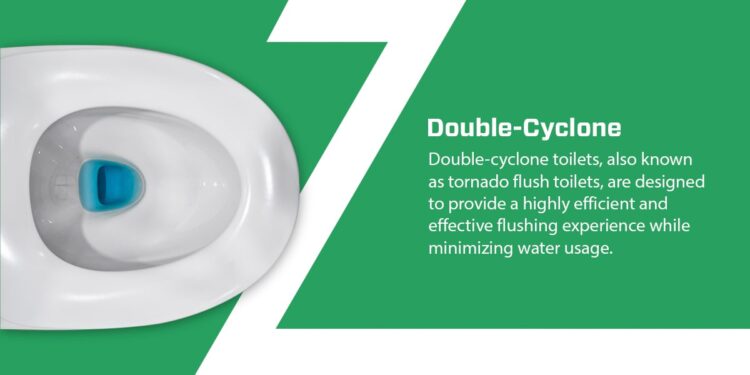
Double-Cyclone
Double-cyclone toilets, also known as tornado flush toilets, are designed to provide a highly efficient and effective flushing experience while minimizing water usage. This advanced flushing system uses a unique approach to create two powerful water cyclones within the bowl, resulting in exceptional waste removal and cleanliness.
The double-cyclone technology involves two nozzles at the back of the toilet bowl. When the flush lever is activated, water is released through these nozzles, generating two powerful swirling water currents within the bowl. These cyclones effectively scour the bowl’s surface, ensuring thorough waste removal and minimizing the need for manual cleaning.
The benefits of such a system include:
- Superior cleaning performance: The dual cyclones of water create a forceful and swirling action that effectively cleans the bowl, reducing the likelihood of stains and residue buildup.
- Water efficiency: Despite the enhanced flushing power, double-cyclone toilets typically use less water per flush than traditional gravity flush toilets, contributing to water conservation efforts.
- Elegant design: Double-cyclone toilets often feature sleek and modern designs that can enhance the visual appeal of your bathroom.
The advantages of a double-cyclone toilet are numerous, but there are a few areas that need to be considered, such as:
- Cost: Due to the advanced technology and improved performance, double-cyclone toilets may be priced higher than standard gravity flush toilets.
- Availability: While becoming more popular, double-cyclone toilets may not be as widely available as other types, so it’s smart to research options from reputable manufacturers.
Upflush Systems
Upflush systems, also known as macerating toilets or grinder toilets, offer a unique solution for homeowners facing challenges with traditional plumbing installations. Upflush toilets are particularly useful in spaces where standard plumbing infrastructure is difficult or expensive, such as basements, remote bathrooms or areas below the main sewer line.
Upflush toilets break down waste and toilet paper into a fine slurry using a macerator or grinder unit. This slurry is pumped upward through small-diameter pipes to join the main sewer line or septic tank. These systems often include additional fixtures, like sinks or showers, allowing for complete bathroom facilities even in unconventional spaces.
Some of the advantages of the upflush system are:
- Flexible installation: Upflush systems can be installed in spaces where traditional plumbing may be impractical or expensive, eliminating the need for extensive excavation or reconfiguration.
- Added bathroom facilities: These systems enable the creation of additional bathrooms, expanding your home’s functionality.
- Reduced disruption: Upflush installations typically involve less disruption to existing structures and landscaping than traditional plumbing installations.
A few considerations include:
- Noise level: The macerating or grinding process can produce noise during operation, which may be a consideration for areas where noise sensitivity is a concern.
- Maintenance: Regular maintenance and proper care are essential to ensure the macerating unit’s longevity and optimal performance.
When selecting an upflush system, consider factors such as the unit’s power, capacity, and compatibility with the fixtures you intend to install. Reputable brands and professional installation can help ensure a successful and reliable system.
Upflush systems offer a versatile solution for expanding your home’s functionality and convenience while overcoming limitations posed by traditional plumbing constraints. Whether you’re looking to create a new bathroom in a unique space or seeking an alternative to extensive plumbing work, upflush systems provide an innovative approach to meet your needs.
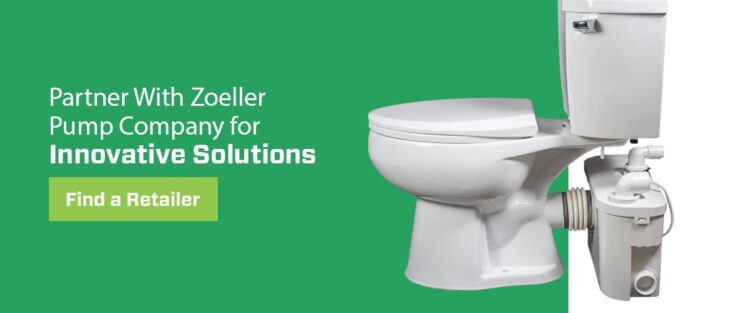
Partner With Zoeller Pump Company for Innovative Solutions
In the ever-evolving world of bathroom fixtures, choosing the right toilet for your home is more than a functional decision— it’s an investment in comfort, water efficiency, and practicality.
With Zoeller Pump Company’s macerating and grinding pumps, homeowners can effortlessly connect showers, tubs, toilets, sinks, and other fixtures in tight spaces such as basements, attics, or other unconventional areas. The Quik Jon® Upflush Series offers an economical and practical alternative to other toilet systems, allowing quick installations that can often be completed within a day.
Shop our toilet systems at any one of our distributors today!

